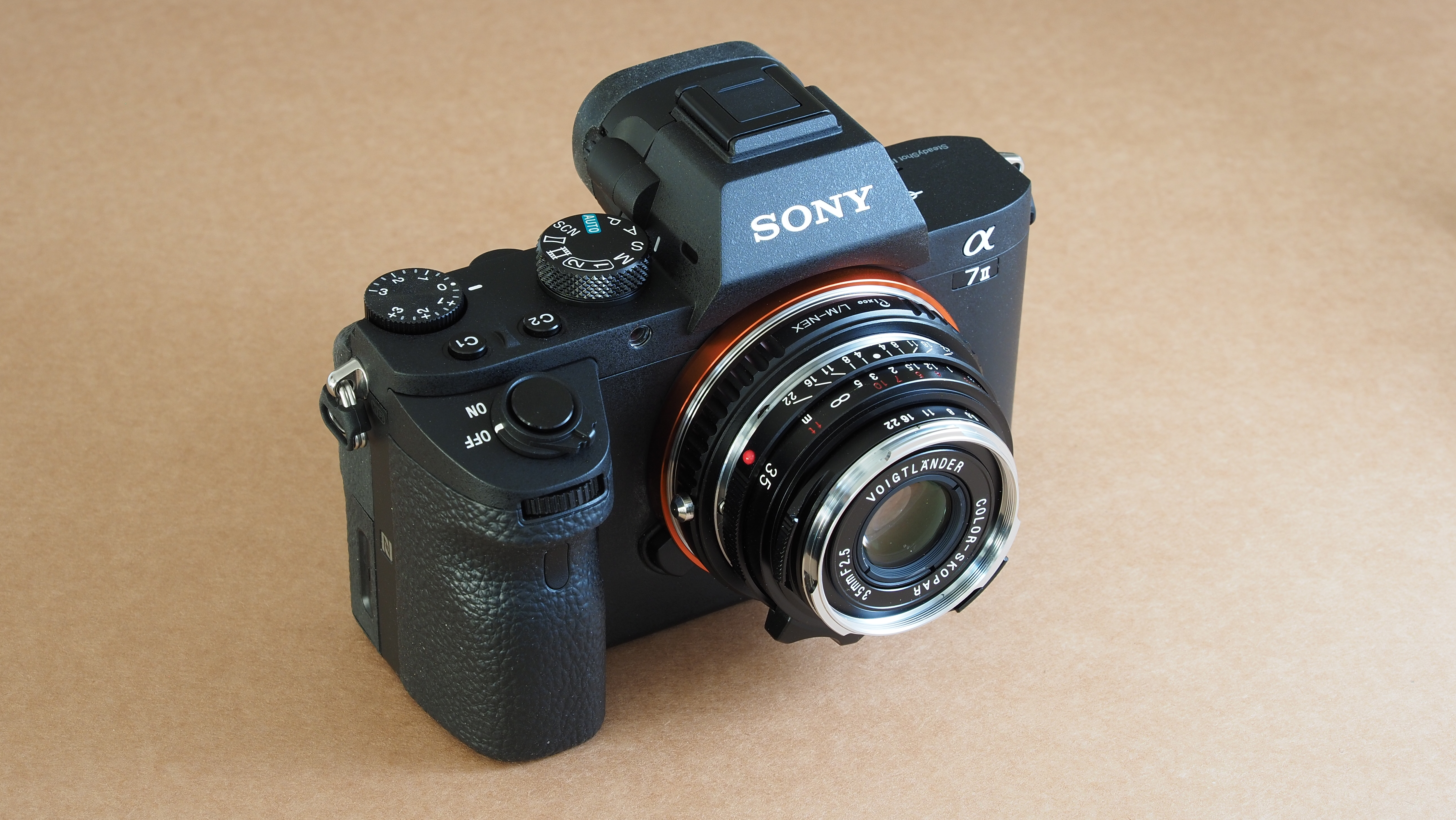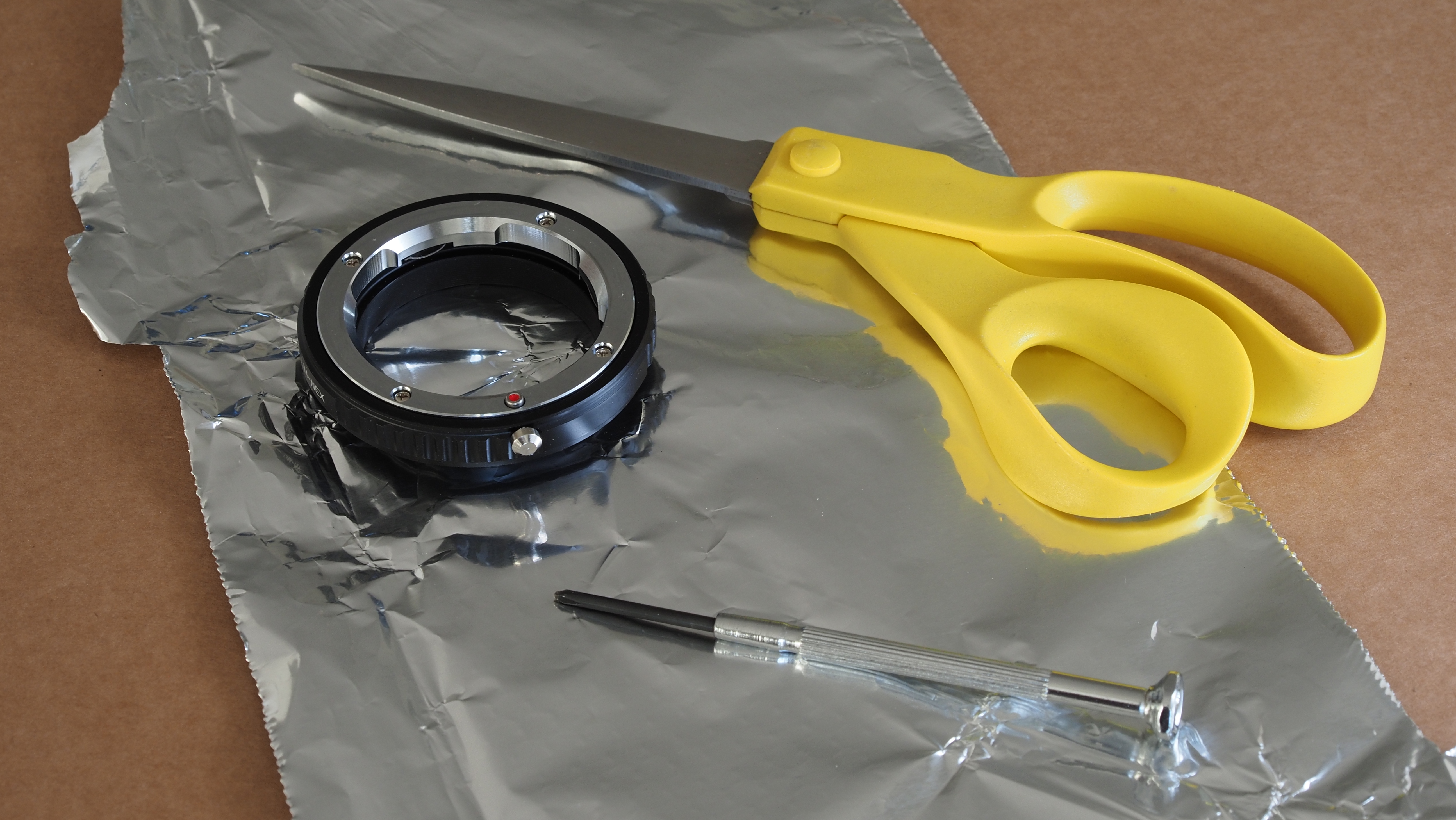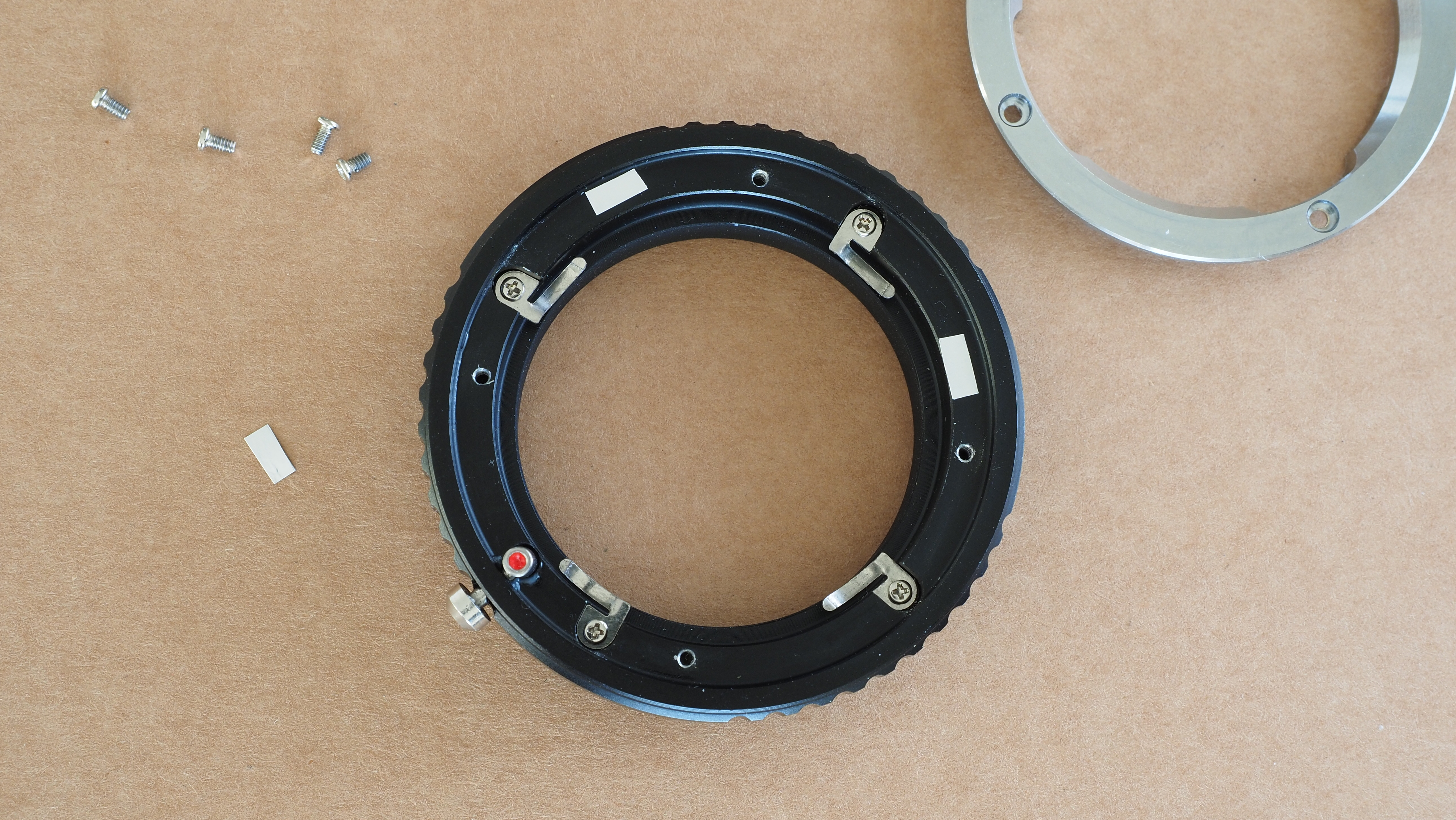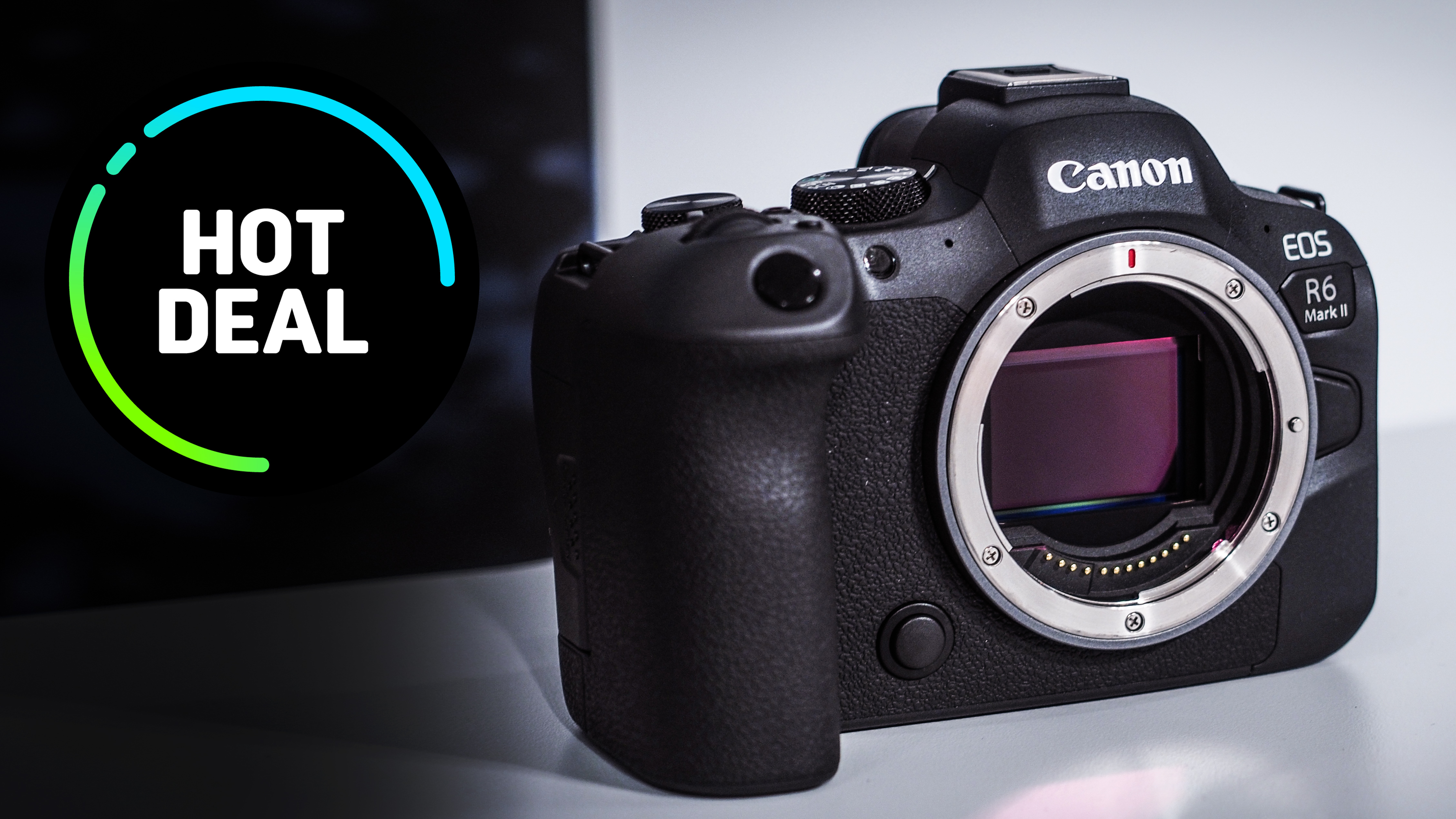How I fixed my lens’s focus with kitchen foil and a pair of scissors
What do you do if your lens goes to infinity... and beyond?

Much as I love lenses with focus distance scales, you can’t always trust them. On modern autofocus lenses it doesn’t matter so much because really they’re designed for autofocus anyway and, if you do use MF, you’ll probably use the viewfinder or live view to focus. There’s such a short focus throw on today’s lenses that any distance scales, even if they exist, are just approximations. Typically, you might get a few marked distances up to 3m, say, but between that and infinity you’re on your own.
Does it matter? Well it does if you’re like me and prefer a hard end stop at infinity so that you can focus distant subjects by touch.
So at least classic manual focus lenses ought to have accurate distance scales, right? Well you would think so, but I’ve been having a different experience recently. I’ve been using older or classically-designed lenses on modern mirrorless camera bodies via adapters.
The fact is, the best mirrorless cameras are also excellent at handling vintage style 'dumb' lenses. You still get auto exposure, and all you have to do is remember to focus! I picked up a Sony A7 II at a low, low price in the Black Friday sales with this in mind, and I've not been disappointed.
The adapters work fine. There are no electronic linkages on the lenses I’ve been using, so they’re not complicated or expensive, and with lenses once designed for full-aperture metering, they work fine in stopped-down mode on mirrorless cameras, which simply increase the display brightness.
The annoyance is that focusing the lens at infinity does not give me infinity focus. You actually have to focus a little before the infinity mark on the lens. From what I can figure out from online discussions, this is not uncommon, as if lens adapter makers mght play safe with fractionally ‘thin’ adaptors. To get infinity focus just before the infinity marker is an annoyance, but to have it go the other way and not focus at infinity at all would just be unacceptable.
Anyway, I fixed it.
Get the Digital Camera World Newsletter
The best camera deals, reviews, product advice, and unmissable photography news, direct to your inbox!


The answer is ‘shimming’. Shims are very thin spacers to increase the distance between components by very small amounts. In this case, I decided I needed to shim my lens adapter. It’s an adapter I use with my Voigtländer 35mm f/2.5 Color Skopar on a Sony A7 II body, so it adapts a Leica M mount lens to a Sony E body. Maybe it was the lens that needed shimming – but it was new, and under warranty, while the adapter was cheap and easy to take apart.
I figured I needed to shim the lens mounting plate by a small amount to slightly increase the thickness of the adaptor to restore accurate infinity focus on the lens. I didn’t imagine shims for this purpose would even exist so I made some.
I used special materials (folded kitchen foil) and special tools (kitchen scissors) and made four small folded shims to place below the lens mounting plate. After a little trial and error I found three thicknesses of kitchen foil was the right amount. Any focus discrepancy on the focus ring looks a lot, but these operate via very shallow cams, so the actual adjustment required is very small.
And it actually works. Of course, you couldn’t do anything like this with modern camera gear, but classic camera design is actually very much more adaptable. It’s simple mechanics, not integrated circuits, firmware and algorithms.
If any old-timer tells you that cameras used to be simply a light-proof box with a lens, they’re right. Oh, those days!

Rod is an independent photography journalist and editor, and a long-standing Digital Camera World contributor, having previously worked as DCW's Group Reviews editor. Before that he has been technique editor on N-Photo, Head of Testing for the photography division and Camera Channel editor on TechRadar, as well as contributing to many other publications. He has been writing about photography technique, photo editing and digital cameras since they first appeared, and before that began his career writing about film photography. He has used and reviewed practically every interchangeable lens camera launched in the past 20 years, from entry-level DSLRs to medium format cameras, together with lenses, tripods, gimbals, light meters, camera bags and more. Rod has his own camera gear blog at fotovolo.com but also writes about photo-editing applications and techniques at lifeafterphotoshop.com
